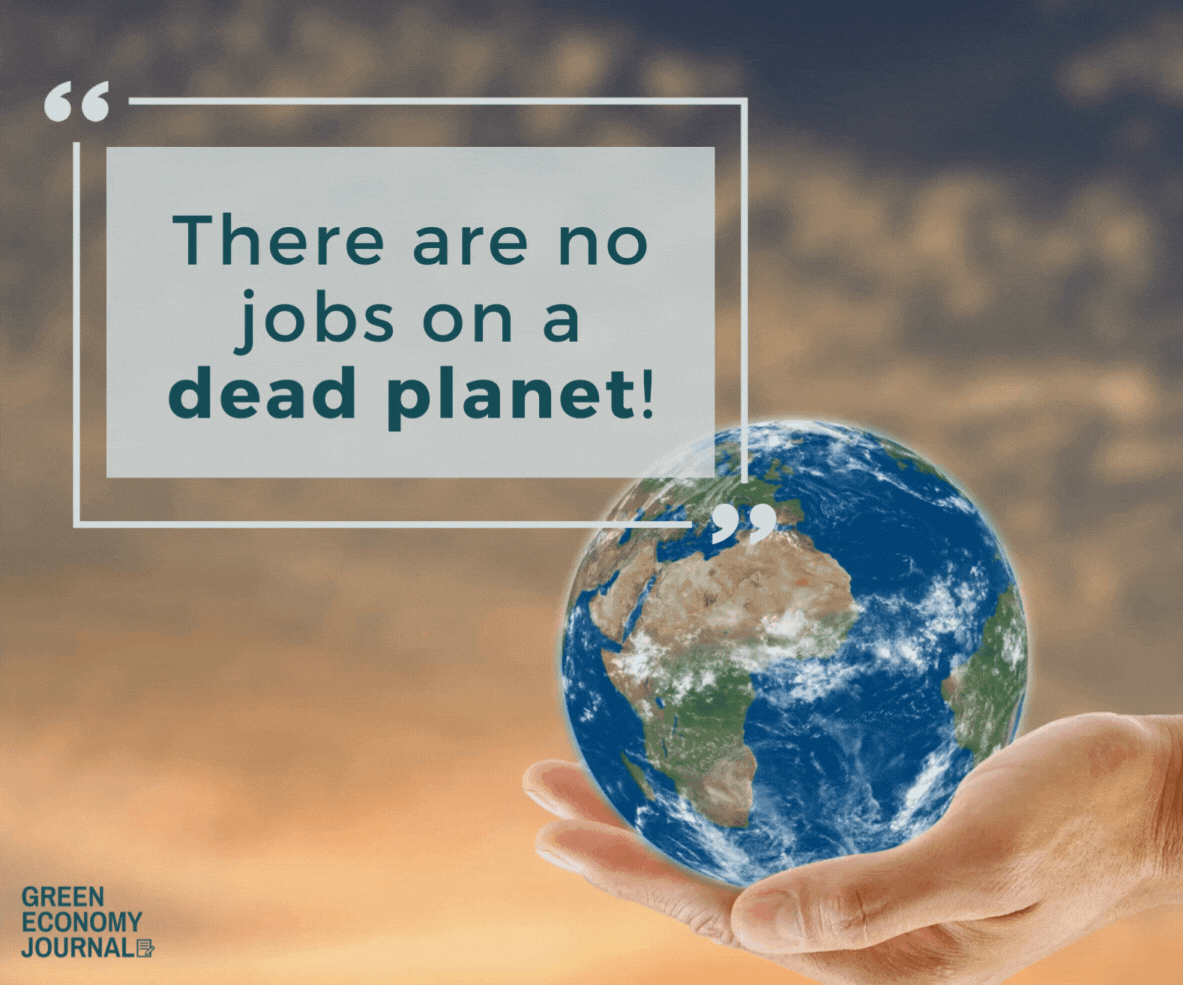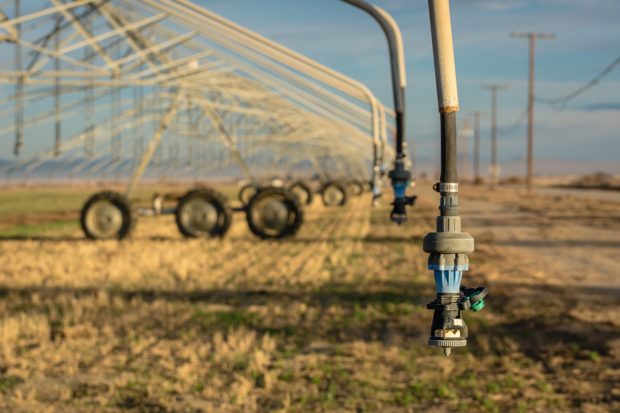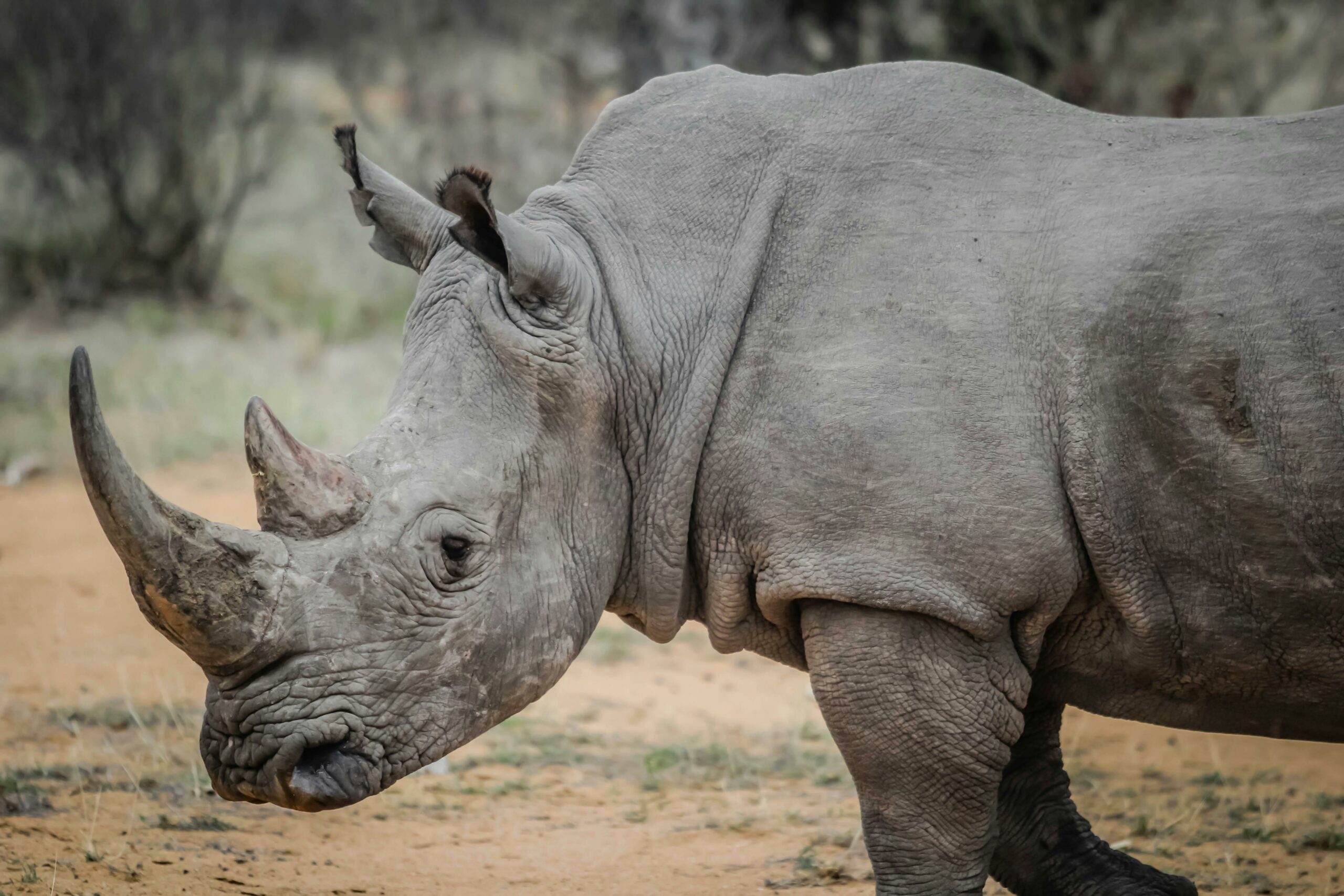Environmental degradation and economic growth
“There are no jobs on a dead planet!” goes the old slogan. Environmental degradation is a serious risk to economic growth. It is one of the reasons why almost every country in the world signed the 2015 Paris Agreement, pledging to keep global warming below 1.5°C above pre-industrial levels.
Unfortunately, we are not on track for this 1.5°C pathway. A 2021 study from Switzerland found that our current trajectory would bring global warming of 2.0-2.6°C by 2050. On this trajectory, the world stands to lose 10 per cent of its total economic value by 2050.
But, the worst-case scenario would see temperature rises of 3.2°C over baseline temperatures. If this happens, the world economy would be 18 per cent smaller. Unless we drastically change our approach to climate change, the world is on track for a significant economic setback.

Climate change is cementing inequalities
Unfortunately, the economic impact of climate change does not affect everyone equally. The Intergovernmental Panel on Climate Change (IPCC) explains that it hits poorer people the hardest. The people whose livelihood is most vulnerable to changes in the climate tend to be already poorer than most.
The IPCC report explains, “Even modest changes in rainfall and temperature patterns can push marginalized people into poverty as they lack the means to recover from associated impacts. Extreme events, such as floods, droughts, and heat waves, especially when they occur in series, can significantly erode poor people’s assets and further undermine their livelihoods in terms of labour productivity, housing, infrastructure and social networks.”

While, within a country, the less well-off citizens tend to be the worst affected by climate change, globally, poorer countries suffer the most economic damage. However, it is unlikely that any country will escape a slowing of economic growth as a result of climate change.
In a scenario of 2°C warming, the Swiss study estimates that South Africa could lose between 1.7 and 14.9 per cent of its GDP. The range is broad, given that so many “unknown unknowns” could worsen the impact of climate change on economic growth. In the worst-case scenario of 3.2°C warming and many unknowns, South Africa could lose over 23 per cent of its GDP.
Overusing natural resources
All economic value is ultimately dependent on the Earth’s natural resources. Our current model for driving economic growth is “take, make, waste”. In other words, we extract materials from the Earth, make something sellable with them and then throw them away.
The fundamental problem with this model is that the natural environment does not have infinite resources. We can – and most importantly will – run out if we do not start managing them carefully. For example, over USD $235 billion of annual global food production relies on pollinators. Many farmers rely on managed populations of honey bees to do this work. But, intensive farming practices are threatening global bee populations.

Industry impact
In the United States, the almond industry is an example of how huge demand from one sector can cause environmental damage. During almond pollination season, the sector uses over 70 per cent of the country’s commercial honey bee colonies. But, poor beekeeping practices, pesticide use and low crop diversity threaten bee populations. The 2018-2019 winter was the worst on record for bee numbers, with roughly 50 billion honeybees wiped out. The growing almond sector is threatening the natural environment that it depends on to survive.
Almond farming is not the only industry failing to responsibly manage natural resources. The timber industry is responsible for deforestation through poor woodland management. The fishing industry is responsible for declining global fish stocks through overfishing.
The cost of environmental degradation
Traditional economic theory perceives damage to the natural environment as a negative externality. That is, it has a cost not borne by those causing the damage. A 2020 report estimated the cost of air pollution from fossil fuels in South Africa to cost R94.7 billion annually. This includes the huge cost to the health service of pollution-related illnesses, such as respiratory disease, brain problems and increased child mortality. It also includes the cost to businesses of employees missing work because of pollution-related illnesses. However, this cost is not paid by the polluters themselves.

There are many other negative externalities linked to environmental degradation. Extracting resources, such as minerals or fuels, can be water-intensive and damage the landscape. Throwing away toxic waste means health consequences for those who live in the area.
It does not make sense to think of the natural environment as disposable on a single planet. Increasingly, those who pay the price of environmental degradation are refusing to do so any longer. The “Deadly Air” court case is one example. The community in Mpumalanga is aware that they are paying the price of air pollution with thousands of people’s lives. The court has now confirmed that they should not have to absorb this cost.
We sometimes talk about environmental safeguards as if they are in conflict with economic growth. The reality is that it does not make economic sense to harm the natural environment or extract natural resources with no plan to replenish them. Any sensible economic strategy must include measures to protect the Earth because all economic growth depends on it.
Related Articles
Poaching is not the only reason rhinos may go extinct
The ongoing effects of climate change may cause rhinos to go extinct unless adaptation measures are implemented, according to new research.
‘Climate change the biggest threat to health in the 21st century’
Experts say climate change is the biggest threat to health in the 21st century. In South Africa, many lives are already being lost to extreme weather.




